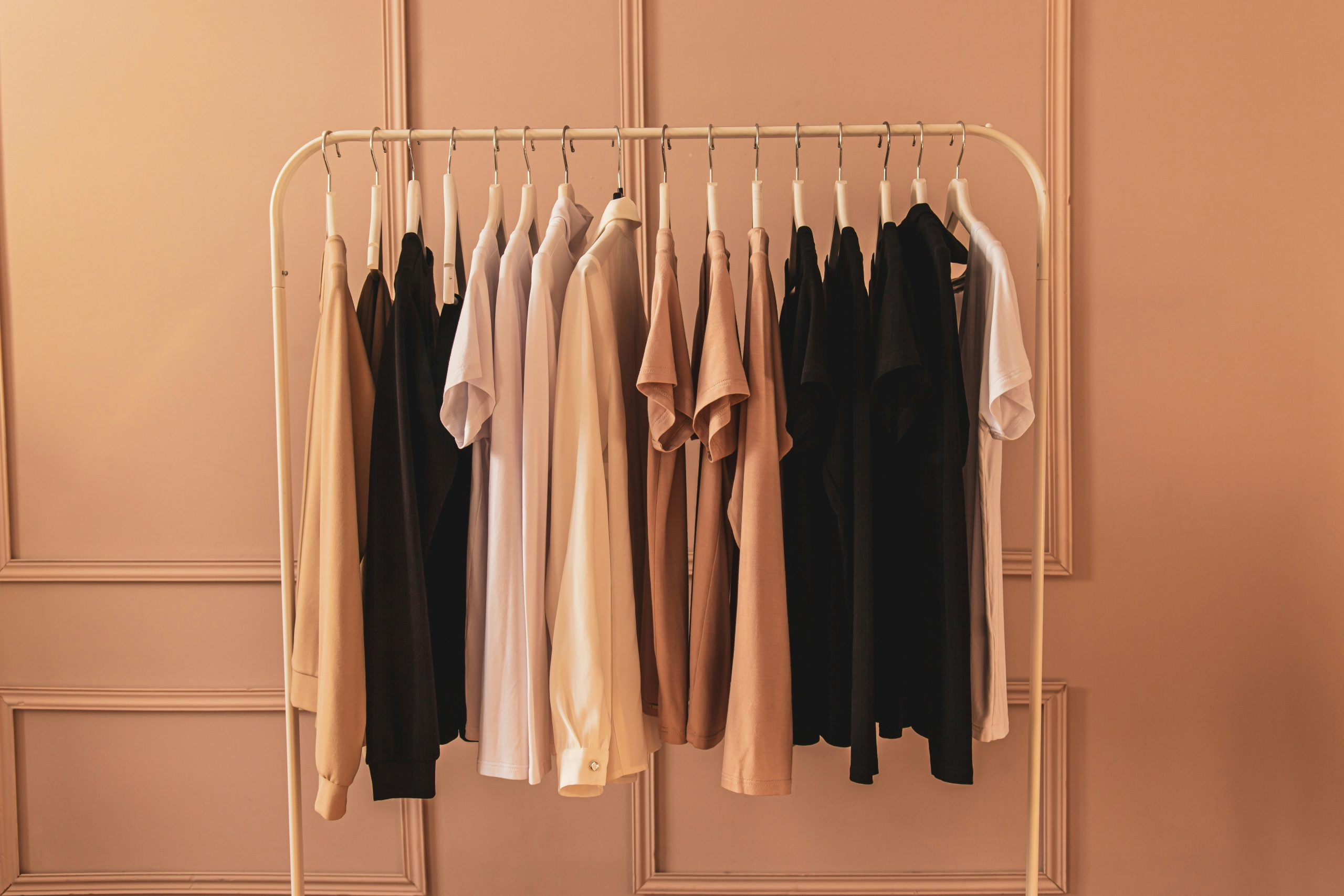Seafood Waste Fashion: How Shrimp Shells Are Becoming Chic Textiles
The fashion industry is known for its ever-changing trends, but there’s one emerging trend that might surprise you – seafood waste fashion. With the growing awareness of sustainability and environmental impact, designers are turning to unconventional materials for their creations. One such material is shrimp shells, which are not only being used as a sustainable alternative to traditional fabrics but are also becoming a chic fashion statement. In this article, we’ll dive into the world of seafood waste fashion and explore how shrimp shells are transforming into stylish textiles.
The Problem with Seafood Waste
The production and consumption of seafood leave behind a considerable amount of waste. According to the Food and Agriculture Organization of the United Nations, an estimated 6.7 million tons of seafood are discarded every year. This includes everything from fish trimmings to shells. These waste products end up in landfills, contributing to environmental pollution and taking years to decompose. The fashion industry, with its fast-paced nature and continuous demand for new materials, is one of the top contributors to this problem.
A Sustainable Solution
Enter the fashion industry’s latest obsession with sustainable materials. Shrimp shells, which were once considered trash, are now being seen as a potential solution to this problem. These shells are made up of a tough, durable, and biodegradable compound called chitin. Chitin is also found in the exoskeleton of crabs, lobsters, and other crustaceans. It has been used in various industries, including pharmaceuticals and cosmetics, but its use in fashion is relatively new.
The Extraction Process
The process of turning shrimp shells into fabric is a complex one. The shells are first cleaned and then treated with chemicals to extract chitin. These chemicals are less toxic than traditional dyes and help in breaking down the shells without harming the environment. The extracted chitin is then spun into yarn and woven into different fabrics. This process is not only eco-friendly but also cost-effective as shrimp shells are readily available in large quantities.
Benefits of Shrimp Shell Fabrics
Sustainable and Biodegradable
One of the most significant advantages of using shrimp shell fabrics is its sustainability. As mentioned earlier, these shells are made up of chitin, which is biodegradable. This means that the fabric will break down and return to the earth without causing harm to the environment. Unlike traditional fabrics like cotton and polyester, which take years to decompose, shrimp shell fabrics reduce the fashion industry’s textile waste.
Durable and Versatile
Shrimp shell fabrics have properties similar to that of leather, making them durable and long-lasting. They are resistant to water, stains, and odors, making them an excellent material for outdoor clothing. Moreover, they can be dyed in various colors, giving designers more freedom to experiment and create unique pieces.
Creates Job Opportunities
The production of shrimp shell fabrics also creates job opportunities, particularly in developing countries where shrimp farming is prevalent. This not only helps in reducing waste but also provides employment opportunities for local communities.
From Runways to Retail
The use of shrimp shells in fashion has caught the attention of many high-end designers. During Paris Fashion Week 2018, designer Tiziano Guardini showcased a collection of ethereal dresses made entirely from shrimp shell fabrics. Other designers like Macario Jiménez have also experimented with this material, incorporating it into their designs. While these pieces are often considered high-end and exclusive, many emerging and smaller brands are also jumping on the shrimp shell fabric bandwagon, making it more accessible to the general public.
Challenges
Although shrimp shell fabrics have many benefits, there are some challenges that need to be addressed. The extraction process requires a significant amount of energy, and the chemicals used may not be entirely eco-friendly. This means that the production process may still have a carbon footprint. Moreover, as the demand for these fabrics increases, there may be a shortage of shrimp shells. With the rise in ocean pollution and overfishing, it’s essential to find a balance and not contribute to harming marine life to meet the growing demand.
The Future of Shrimp Shell Fashion
The use of shrimp shells in fashion is still in its early stages, but it’s a step in the right direction towards a more sustainable and eco-friendly industry. As technology evolves, we can expect to see more innovative and efficient ways of producing these fabrics. With the right balance of demand and responsible production methods, shrimp shells could become the next big thing in sustainable fashion.
In Conclusion
Seafood waste fashion is a growing trend, and shrimp shells are at the forefront of this movement. These unconventional materials are not only sustainable and eco-friendly but also versatile, creating endless possibilities for designers. As we continue to prioritize the environment and look for ways to reduce waste, using shrimp shells in fashion could be a game-changer for the industry. So, the next time you’re looking for a chic and sustainable fashion piece, you might want to consider one made from shrimp shells!











